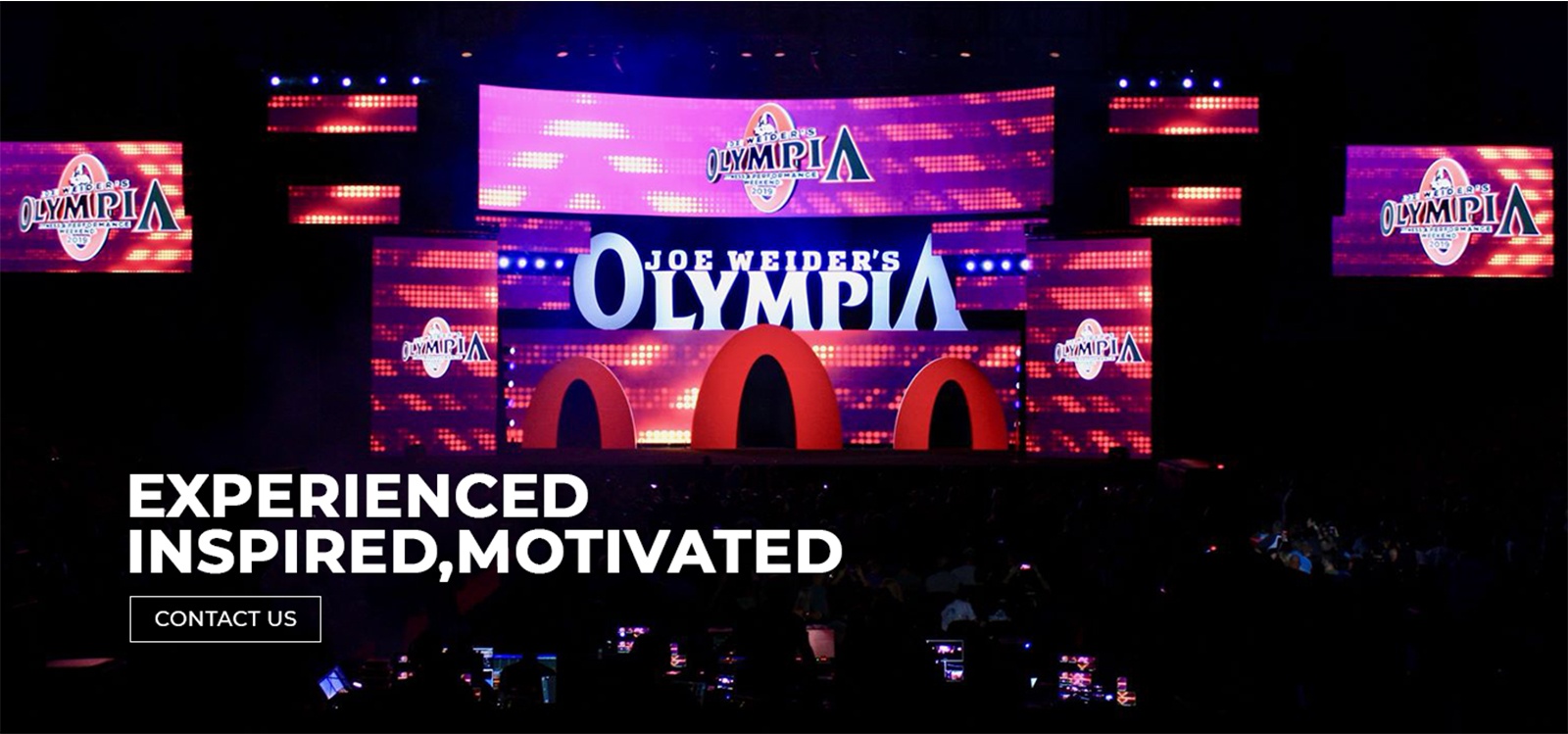Advantages of LED Video Walls Compared to Conventional Projection Systems for Modern Graphic Displays
Wiki Article
LED video screens have grown increasingly popular in multiple settings, such as schools, corporations, and entertainment venues. These advanced visual technologies offer several benefits over conventional projection technologies. Recognizing these benefits can help companies make knowledgeable choices about their display requirements. This article will explore the key advantages of LED display walls, including luminosity, visual quality, flexibility, upkeep, and energy efficiency.
One of the key important advantages of LED display walls is their brightness. Light Emitting Diode technology produces vibrant and radiant images that can be easily viewed in multiple lighting conditions. Unlike traditional projectors, which can have difficulty in brightly lit environments, Light Emitting Diode display walls maintain their sharpness and hue accuracy even in bright spaces. This makes them perfect for outdoor events or places with big windows. The elevated luminosity levels ensure that the content displayed is always clear, making it easier for viewers to interact with the information being presented.
In furthermore to luminosity, LED video walls provide enhanced visual quality. They offer higher definition and better color rendering compared to conventional projection systems. This means that pictures and videos displayed on an LED wall appear crisper and more defined. The pixel density of Light Emitting Diode displays allows for near viewing without losing sharpness, which is particularly crucial in environments like exhibition shows or conferences where attendees may be nearby to the display. Furthermore, LED tech can produce richer blacks and more intense colors, enhancing the complete visual experience.
Flexibility is another important advantage of LED display screens. These systems can be arranged in various sizes and forms to fit different areas and aesthetic needs. Unlike traditional projectors, which require a specific spacing from the display to operate correctly, LED video screens can be set up in a variety of environments. They can be curved, tiled, or even used in innovative layouts to create distinct display exhibits. This flexibility allows organizations to customize their visual presentations to suit their specific requirements, making Light Emitting Diode display screens a flexible choice for any setting.
Maintenance is also a crucial consideration when contrasting Light Emitting Diode video walls to conventional projector systems. Light Emitting Diode screens generally require less maintenance over time. Traditional projection systems often need bulb replacements and routine cleaning to maintain peak functionality. In comparison, Light Emitting Diode tech has a greater duration and does not require regular changes. This lowers inactivity and upkeep expenses, making LED video walls a more cost-effective solution in the long run. Organizations can focus on their presentations rather than worrying about the maintenance of their visual technologies.

Lastly, power efficiency is an important consideration for many organizations. LED display screens consume less energy compared to conventional projection technologies, which can lead to substantial savings on power costs. This is particularly advantageous for companies and locations that use screens for long times. Additionally, the reduced energy consumption of LED technology contributes to a reduced environmental impact, making it a more sustainable choice. By choosing LED video walls, organizations can enjoy high-quality visual displays while also being additional reading mindful of their energy use and ecological footprint.
In conclusion, LED video walls offer numerous advantages over traditional projection technologies. Their luminosity, visual clarity, adaptability, minimal maintenance needs, and energy efficiency make them an excellent choice for modern visual displays. As technology continues to progress, Light Emitting Diode display screens are likely to grow even more common in multiple settings, providing organizations with the tools they need to efficiently convey and interact with their viewers.